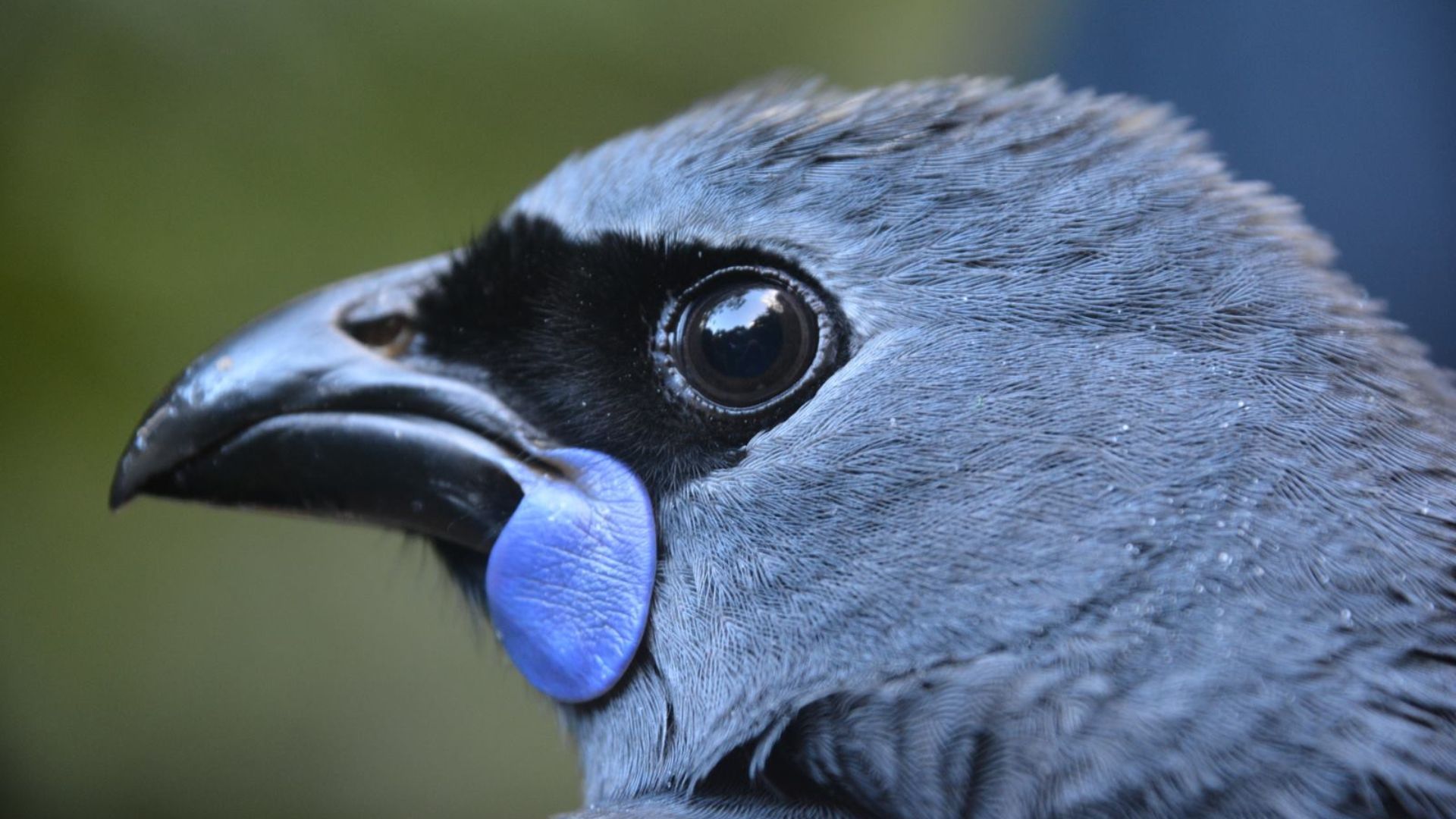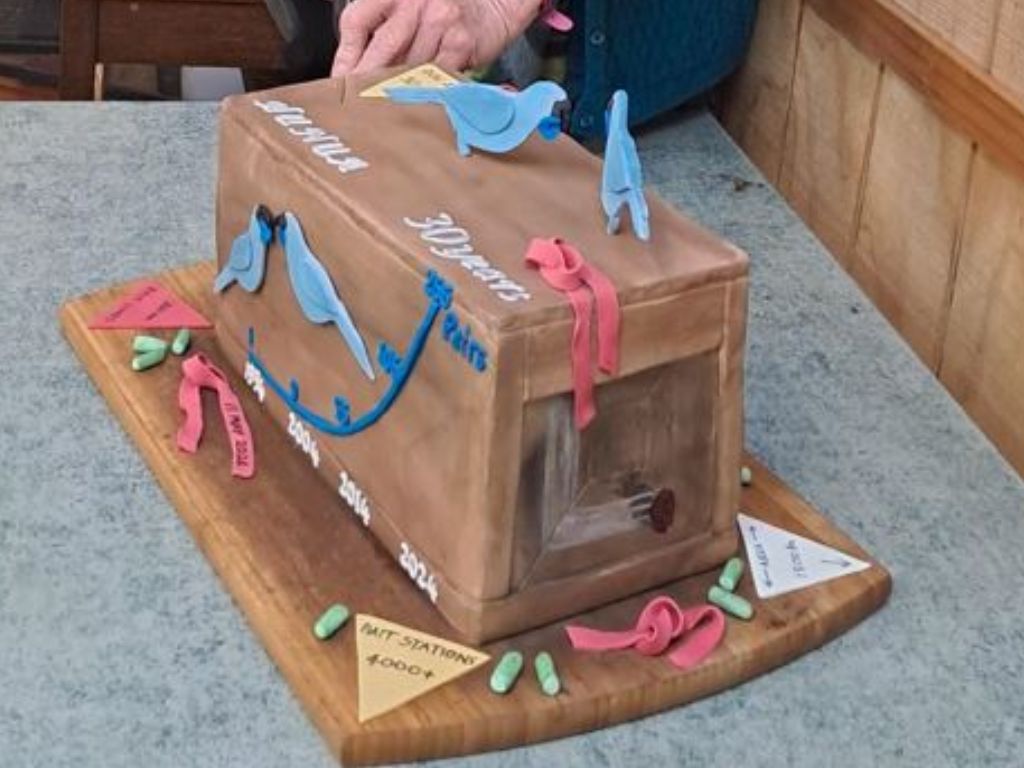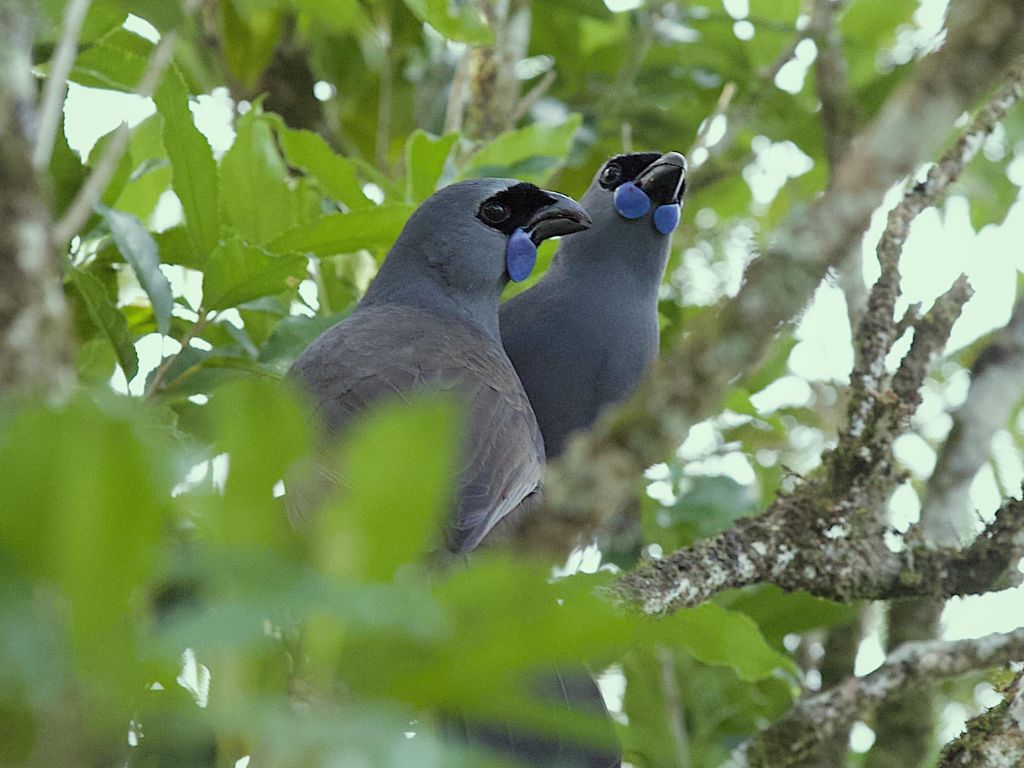When volunteers started helping kōkako in the Hūnua Ranges there was just one breeding pair left. But it wasn’t too late – thirty years later, there are more than 250 pairs.

Volunteers who have trekked the Hūnua Ranges to save the last kōkako population in the mainland Auckland region have celebrated 30 years.
Thousands of hours have been dedicated to ensuring the birds thrive as part of the Hūnua Kōkako Recovery Project.
“Radical” council buy-in
When the Auckland Council started the recovery project the stakes were high.
Kōkako, a wattlebird, were once prolific in the forests around Auckland but by the 1950s had been devastated by habitat loss and predators, in particular ship rats.
“When we started there was one breeding pair, today there are more than 250. That’s a tribute to everyone who believed it wasn’t too late and that they could make a difference because the 2022 census recorded 259 pairs.
“Local government had never engaged in endangered species management before, so it was a radical thing to do, but it worked because of support from council and volunteers,” says Auckland councillor Mike Lee.
Today, Auckland Council, the Department of Conservation and heaps of volunteers service 4,000 bait stations and traps to target mainly possums and rats. The managed area covers about 1,500 hectares of regional forested park, and an adjacent pest control area connecting another 500 hectares.

Aerial operations
Ground control is supplemented with 1080 aerial operations, with the most recent drops in 2015, 2018 and 2022. A council summary of the operation in 2015 said pest management targets were achieved and even “exceeded”, including a reduction in possum densities to below 1% and dropping rat densities from 91.6 to 1.03%.

The 2015 and 2018 operations resulted in two of the best kōkako breeding seasons since the recovery project began. Over the years, the population was helped by translocating kōkako from elsewhere (Mapara, Pureora, Tiritiri Matangi) to boost numbers and genetic diversity.
With 259 adult breeding pairs in the Hūnua Ranges (as at 2022), it is now the second-largest mainland population in the country. The largest is in Pureora Forest, Waikato.
Predator control in the ranges also benefits Hochstetter’s frogs, kākā and pekapeka (long-tailed bat).
Expanding habitat
Earlier this year kōkako were sighted for the first time near Hūnua Falls, eight kilometres from the management area. It’s a testament to the project’s success as one of the goals has always been seeing kōkako populate other Hūnua areas.
Eight kilometres is a long way for a bird that is not a strong flier, instead hopping across branches to the top of trees and gliding to the next.
Volunteer coordinator Willow van Heugten has been involved for 16 years and says having council and DOC support financially and on the ground remains vital.
“But that would be of no use without volunteers. I’m humbled to be able to spend time with them trying to ensure the kōkako becomes common again.”
Thousands of traps have been laid but volunteers are still needed. The role involves maintaining the bait station network, trap checking and setting – good fitness is essential.

This article, in part, was originally published by Auckland Council.

